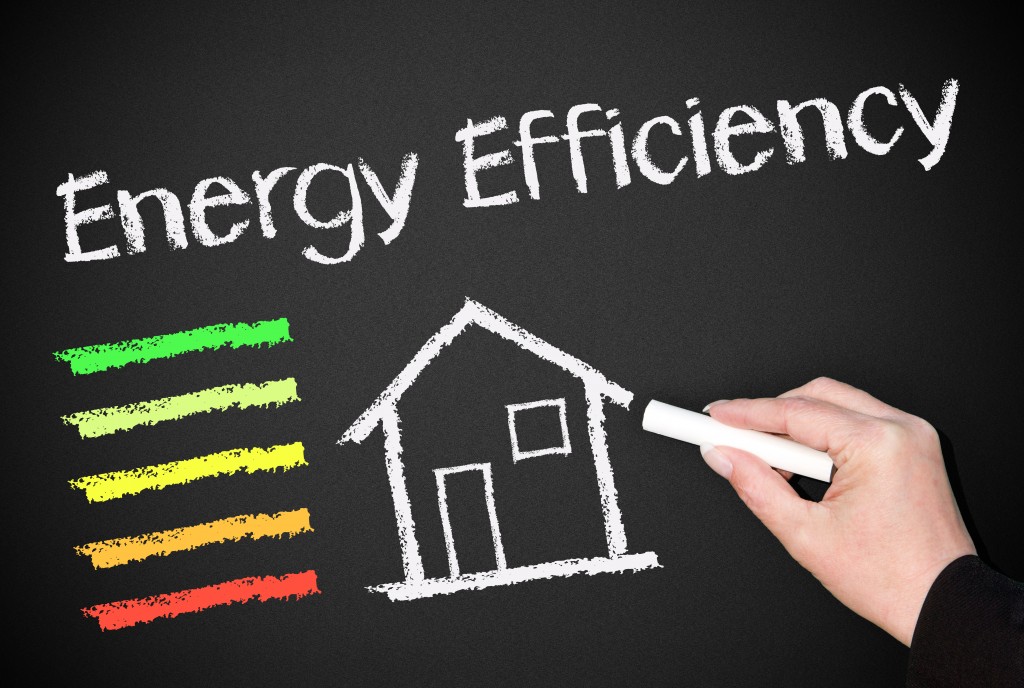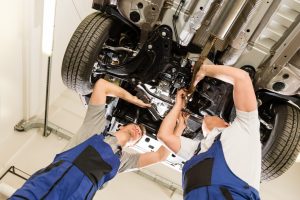Many homeowners would want to reduce their energy consumption. After all, we use energy each day to power our appliances, charge our gadgets, and make our lives at home less complicated. If you truly want to make your home more energy-efficient, then you can start with the simplest strategies, like the following.
Conduct a Home Energy Audit
If you’re serious about making your home more energy-efficient, then your first step would be a home energy audit. This is the best way to check which areas of your home are using up unnecessary energy and what you can do to improve this. You can choose to DIY the audit or consult a professional instead. But if you have the budget and want a thorough home energy assessment, then a professional home energy audit would be your best choice.
During the audit, you can create a list of any fixtures or appliances in need of repair or replacement. This makes it easier for you to forecast how much money you need to invest in for future purchases and repairs. Just because your home is still fairly new, this does not necessarily mean you no longer need a home energy audit. There will always be room for improvement, so you can reduce your energy usage and enjoy bigger savings in the long run.
Ensure Your Home Maintenance Schedule is on Point
Many homeowners would only call their local trusted plumber, HVAC technician, and other contractors once they find a problem. More often than not, once a problem presents itself, you’re already nursing a big maintenance issue that will cost you hundreds of dollars at least. This is since tiny issues are often overlooked, which leads to costlier repairs.
If you are no longer renting, it is only a must that you stick to a strict home maintenance schedule. You may not be a fan of using your free time cleaning your gutters, repainting your walls, weatherstripping doors, and windows or changing furnace filters. But keeping up with your home maintenance calendar will make it easier for you to detect issues and address them before your bill skyrockets.
Switch to Led Lights First
The current administration decided to loosen the federal rules forcing Americans to use more energy-efficient lights. But that does not mean you should continue buying incandescent lights for your home. These types of lights do not only use more energy thus increasing your costs. Incandescent lightbulbs also contribute to the continuous growing climate problem.
By making the switch, you are investing in a longer-lasting, more energy-efficient lights that use a lesser amount of electricity. Energy Star labeled LEDs can save up to 90% energy, which means you can save a significant amount of energy thus reducing your electricity bill. Since LEDs have a long life, you no longer need to buy and replace old ones every now and then, thus reducing your waste.
Make Small Changes to Enjoy Bigger Savings
Sometimes, even small changes can be enough to create a big impact. For one, changing the color of your home can be a great way to modify the temperature of your home. Light colors reflect the sun’s radiant energy away from your home. On the other hand, dark and dull paint colors can absorb up to 90% of heat. If you want your HVAC to work less while maintaining a cool home, go for light or cool paint colors.
Instead of using your clothes dryer to dry your clothes, you can try hanging them out under the sun. Air-drying your clothes allow you to save energy while naturally drying your clothes for free. The same goes for using natural light instead of your artificial light. Whenever you can, use sunlight to light up a room. This gives you another reason to turn off those artificial lights while still lighting up the room.
Say Goodbye to Phantom Power Consumption
Many of us are guilty of leaving appliances plugged in after using them. Most of the appliances these days claim they don’t suck up energy when switched off. But in reality, they are still using energy as long as you keep them plugged in. This is what we call phantom power consumption.
Take your gadget’s chargers, for instance. Even if there are no gadgets plugged in, the chargers still draw power which means you’re still wasting energy. If you really want to conserve energy and not let your money go down the drain, make sure to remove all plugged chargers and appliances after using them.
You don’t need to jump to home improvement upgrades just to start making your home more energy-efficient. This is especially true if you are still saving up some cash to buy new appliances. Start with the basics like a home energy audit, investing in LEDs, and changing your habits back home. Knowing where energy is wasted and how you can improve this is the perfect way to start boosting the energy-efficiency of your home.






